Vitamin C, also known as ascorbic acid, is an essential water-soluble vitamin: it must be obtained through diet or dietary supplements.
According to this review, it plays a crucial role in maintaining a healthy immune system, reducing fatigue, aiding in collagen formation, and protecting cells from oxidative stress.
To meet daily needs, adults are recommended to consume around 110 mg of vitamin C to prevent deficiency.
People often think of orange juice for vitamin C intake, but citrus fruits are far from the best source! Here, I provide 8 sources of natural vitamin C, from exotic fruits as supplements to foods we commonly find on our tables.
Read also | A pharmacist’s advice on buying the best vitamin C
1. Acerola
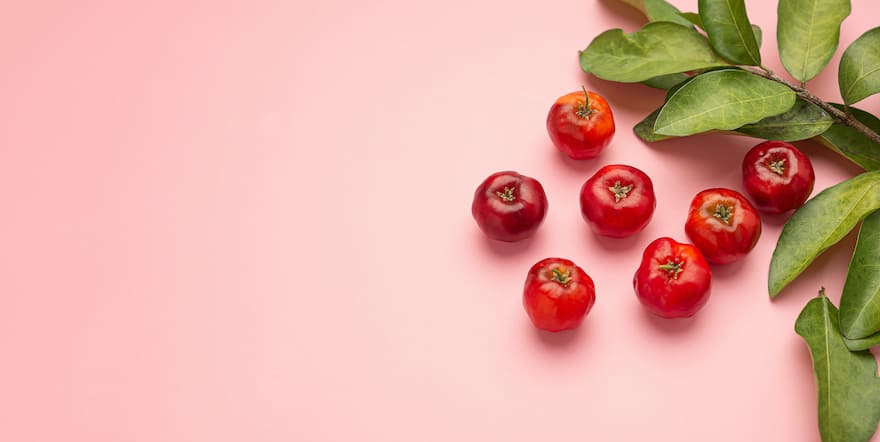
Native to South America, acerola, also known as Barbados cherry, is particularly renowned for its high vitamin C content.
For 100 g of its pulp, the content can vary from 1500 mg to over 4000 mg depending on sources as highlighted by this study, making acerola one of the richest sources of vitamin C.
That’s at least 20 times the content found in an orange!
A tip however: don’t look for it in the fruit and vegetable aisle, you won’t find it. Acerola is mostly consumed through dietary supplements, available in pharmacies or online.
2. Camu Camu
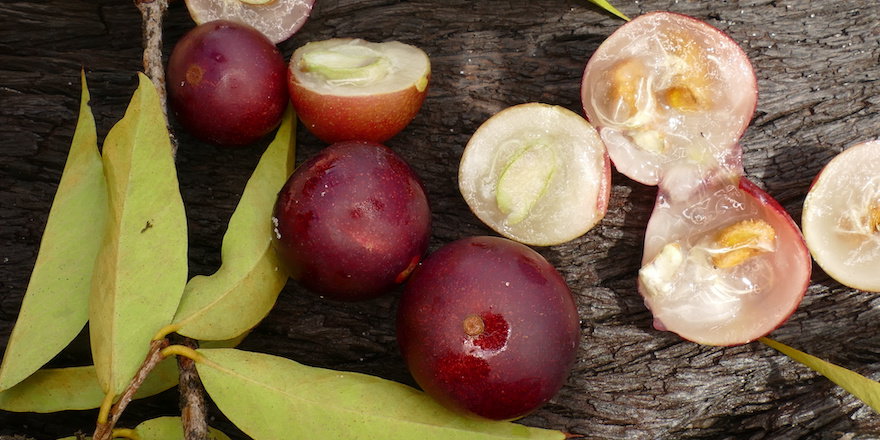
From the same family as guava (also very rich in vitamin C), camu camu is a small pink fruit native to South America. This scientific review classifies it as a “superfood” thanks to its high nutritional value.
Its vitamin C content is much higher than that of citrus fruits, as it can contain up to 3000 mg per 100 g, or even more, depending on its form of consumption (fresh pulp, dried, freeze-dried, etc.).
In regions where it grows, fresh berries are often used to prepare juices, smoothies, or sauces.
Otherwise, it is found in powder form that you can sparingly add to your drinks and smoothies, giving them a candy pink color.
Read also | What are the benefits of vitamin C for the skin?
3. Kiwi
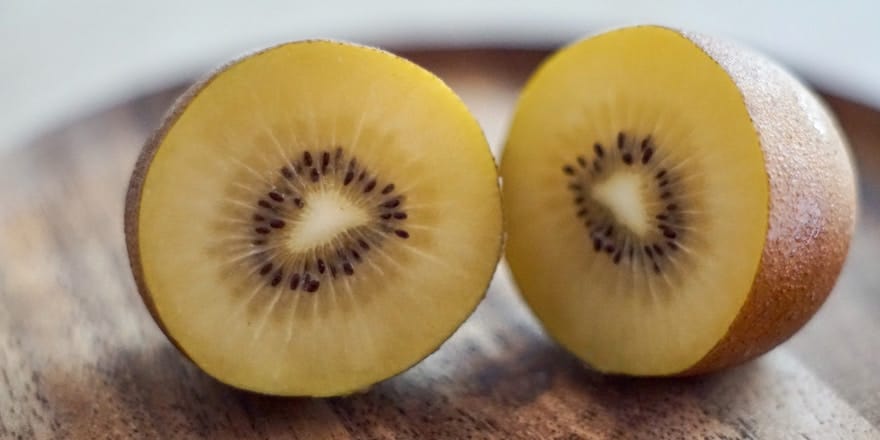
Available in all supermarkets and undoubtedly one of the best natural sources of vitamin C: the kiwi. According to Ciqual, it contains 80 mg of vitamin C per 100 g of pulp.
To be eaten with a spoon, on pancakes, or in smoothie bowls, it’s hard to get tired of them.
4. Red Fruits
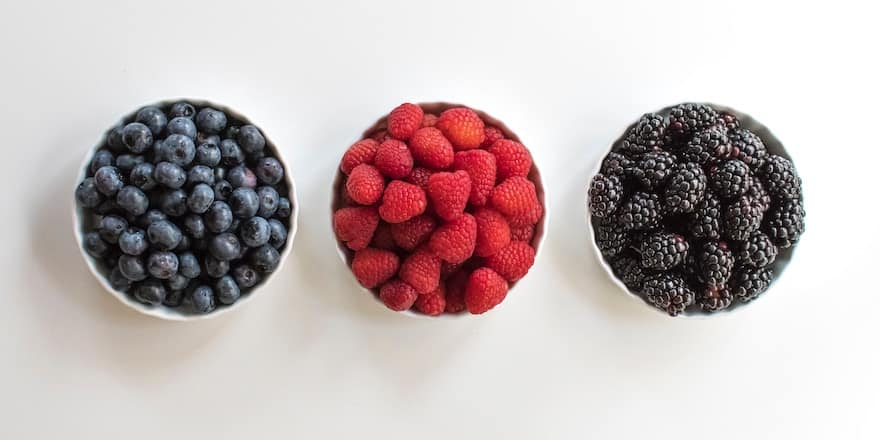
Red fruits and berries are known for their antioxidant richness, particularly due to the presence of vitamin C.
Leading the pack is blackcurrant, with 181 mg of vitamin C per 100 g. But other red fruits are not far behind, like strawberries with 54 mg of vitamin C per 100 g, or currants with 30 mg per 100 g.
5. Goji Berries
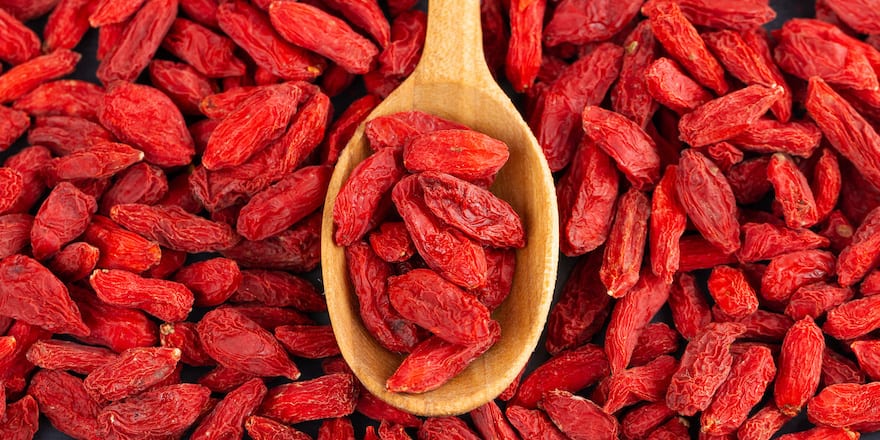
In the superfood section, goji berries hold a special place, with their wealth of vitamins and minerals. As for vitamin C, they provide about 50 mg per 100 g of dried fruits .
I do not recommend making them your main source of vitamin C as they’re usually consumed in small amounts. However, they can be a good daily supplement.
6. Peppers
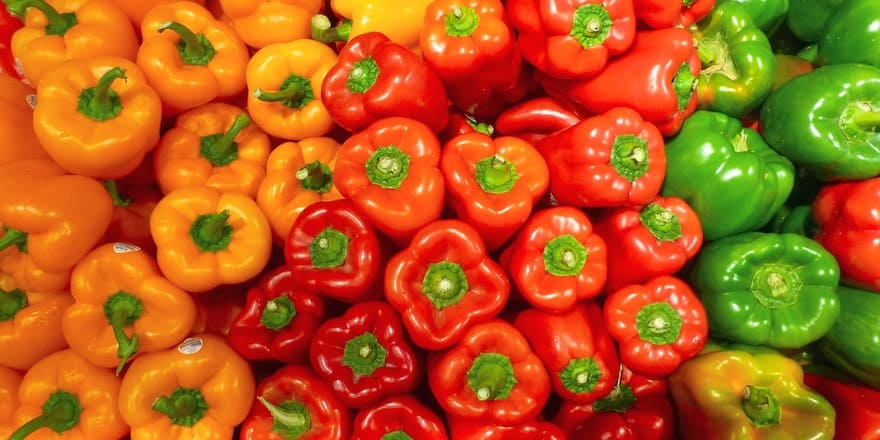
Red, yellow, or green: all types of peppers are good sources of vitamin C. Red pepper provides about 125 mg of vitamin C per 100 g.
However, peppers have a different composition of vitamins and minerals: you will find more vitamin B9 in green and yellow peppers, while red pepper contains a lot of beta-carotene.
You can eat it raw or cooked to enjoy its benefits. Caution for sensitive intestines if you prefer it raw in salads.
7. Broccoli

Among green vegetables, broccoli contains a certain amount of vitamin C, making it one of the top vegetables in its category.
Raw, it contains about 106 mg of vitamin C per 100 g of vegetables. Of course, cooking reduces its content, which can drop to 30 mg per 100 g, so I recommend steaming it at a low temperature.
8. Herbs
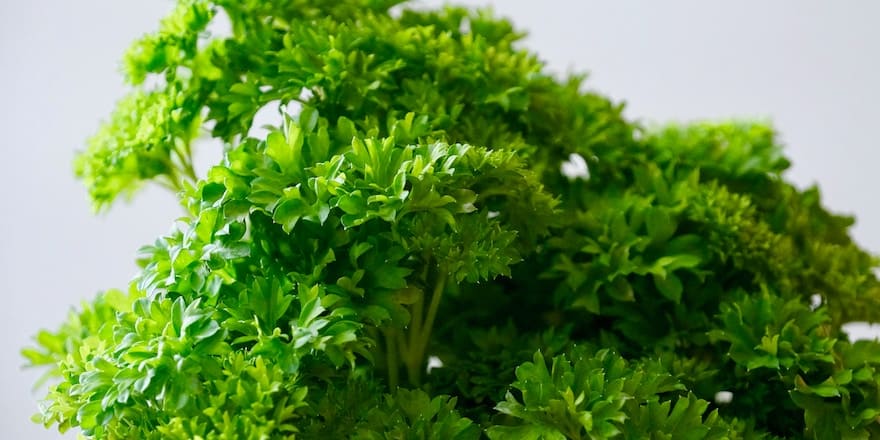
Given the small amount of herbs we add to our dishes, it is difficult to consider them as a daily source of vitamin C. Yet, their contribution is not negligible!
For instance, fresh parsley can contain 177 mg of vitamin C per 100 g.
So have fun in the kitchen, and remember to use them. Personally, I often add them to my salads, meats, and potatoes.
Read also | The foods richest in vitamin C



